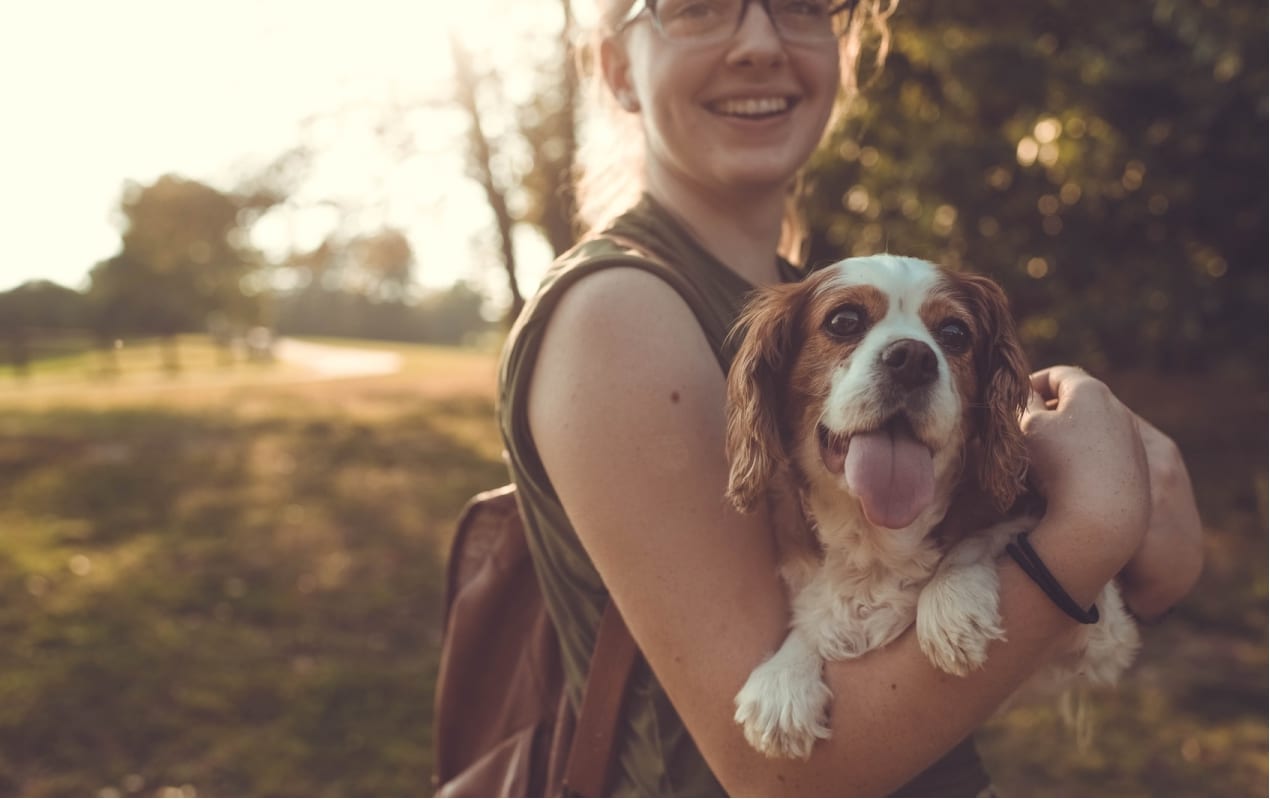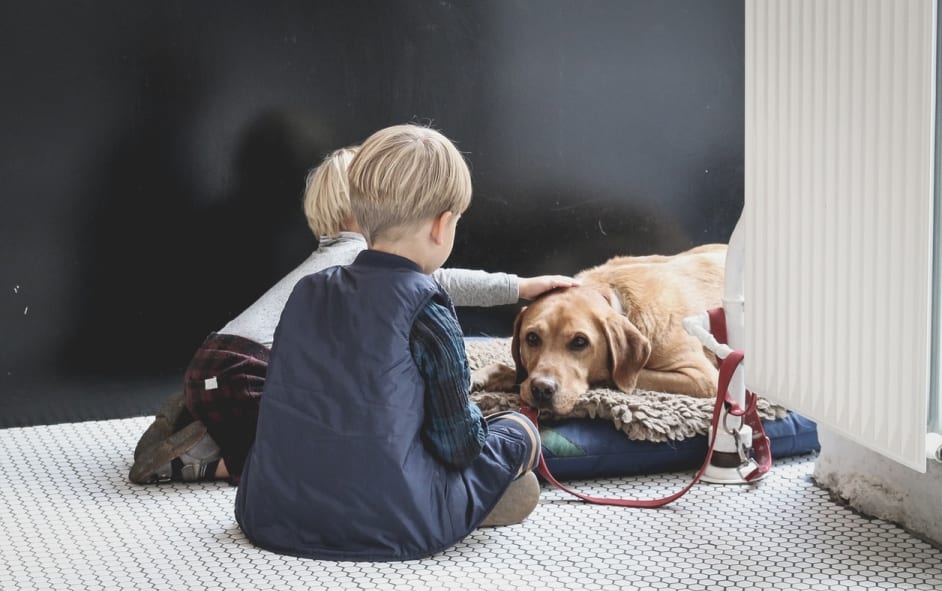Canine Parvivirus
By Hana Crawford
October 07, 2021 - 1 min read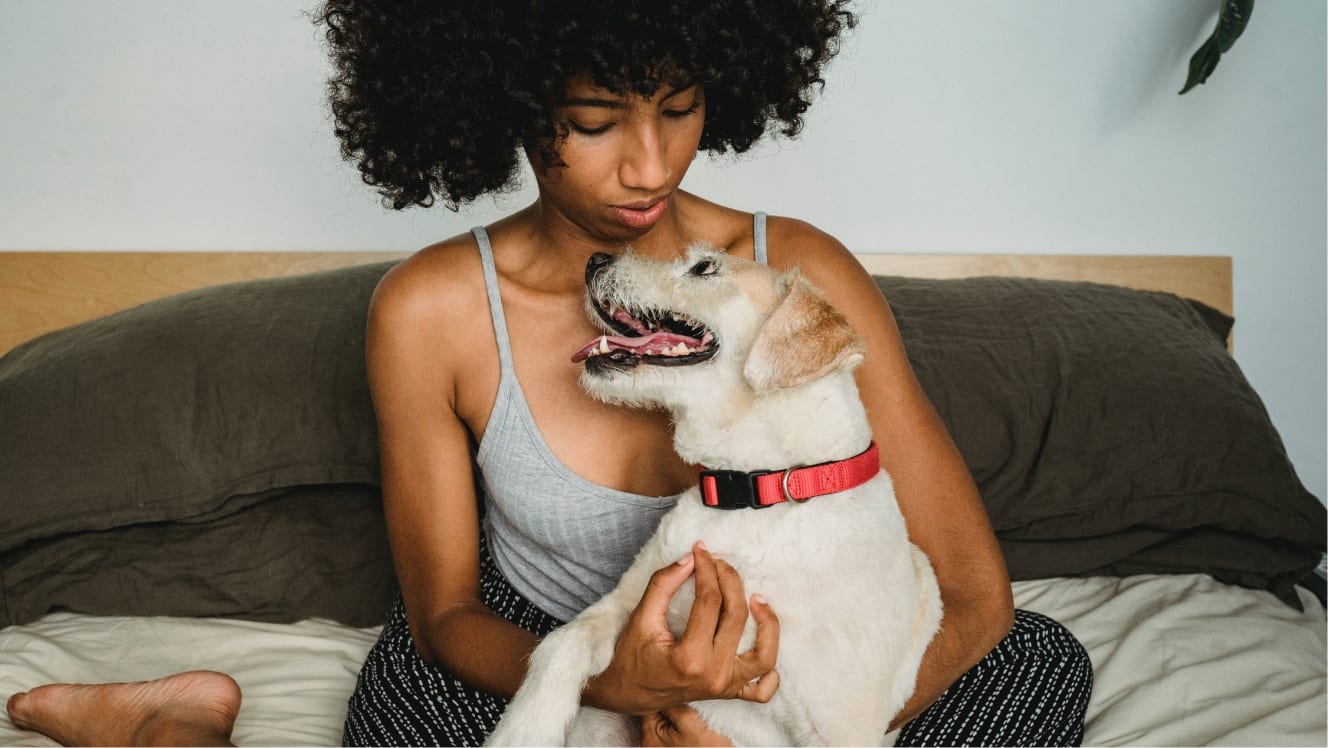
What is parvovirus?
Canine parvovirus, also known as 'parvo', is a fatal and highly contagious virus that is preventable from vaccinating your dog
There are two presentations caused by the virus: cardiac, which causes inflammation of the heart muscles (myocarditis) and intestinal, which attacks the gastrointestinal system preventing nutrient absorption. Both presentations are a medical emergency with death a common outcome. Parvovirus was first recognised in 1978 and is a worldwide disease, causing high morbidity (100%) and mortality (91%) in puppies. It is most commonly seen and life-threatening in puppies up to 6 months old. Severe infection occurs in puppies between 2-weeks to 4-months-old, but parvo can also affect adult dogs of any age that are unvaccinated or have not developed an immune response. Parvo is a serious condition resulting in a rapid decline in health, with death within 24-72 hours depending on the clinical presentation. Do not delay contacting Veteris; we are a 24/7 emergency hospital and are here to help. Most puppies die without medical treatment; it is vital that if you suspect your dog is showing the signs of parvo or has been in contact with an infected dog, to receive supportive treatment immediately. Studies have shown a good chance of recovery if a dog survives the first four days with medical intervention.
How did my dog contract parvovirus?
Parvo is a resilient virus surviving in the environment for up to a year and can withstand heat, cold and many disinfectants. Your dog can contract the virus through an infected dog, its poo and vomit, through contaminated bedding, food, water bowls, carpet and grass. Additionally, people can aid in the spread of the virus through infected clothing, shoes and skin. Areas where animals visit, such as dog kennels and pet shops, are also sources of virus transmission.
"45% decline in the uptake of vaccinations and boosters, with a 129% increase in suspected cases compared to last year"
What are the clinical signs and symptoms?
There is a range of clinical signs and symptoms which occur around 2-14 days following infection. The two clinical presentations of parvovirus include:
Intestinal
Dogs with the intestinal form of parvovirus can go downhill within 24-72 hours.
- Foul-smelling diarrhoea is a common feature occurring at any age in dogs; poo can appear watery, yellow or bloody.
- Vomiting
- Fever (temperature above 39.5°C/103.1°F).
- Lethargy
- Sudden depression
- Loss of appetite
- Dehydration
- Shock
Cardiac
Dogs with the cardiac form of parvovirus can go downhill within 24 hours.
- Shortness of breath
- Cold limbs
- Pale gums
- Uncontrolled shaking
- Increased heart rate
- Depression
- Coughing
- Fluid in the abdomen that can be painful
- Death
Puppies have different temperatures in their first four weeks of life; at four weeks old, the temperature reaches the average temperature of an adult dog. If your dog’s temperature is higher than the average rectal temperature, contact the veterinary team.

How common is parvovirus in the UK?
This year (2021), there has been an increased demand for puppies; according to the Pet Food Manufacturers' Association, 3.2 million pets have entered UK homes since the beginning of the COVID19 pandemic. There has been a surge of parvo cases from this puppy boom and a 45% decline in the uptake of vaccinations and boosters, with a 129% increase in suspected cases compared to last year.
Parvovirus outbreaks are most common in cities and large towns with an unvaccinated dog population. One in five Londoners has added a pet to their family home this year. It is crucial to vaccinate your dog regularly.

What do I do if I suspect my dog has parvovirus?
- Contact your vet straight away.
- Keep your dog away from other dogs.
- Inform your vet you have other animals in your home.
- Decontaminate your home and garden. The vet can advise you on the best way to do this.
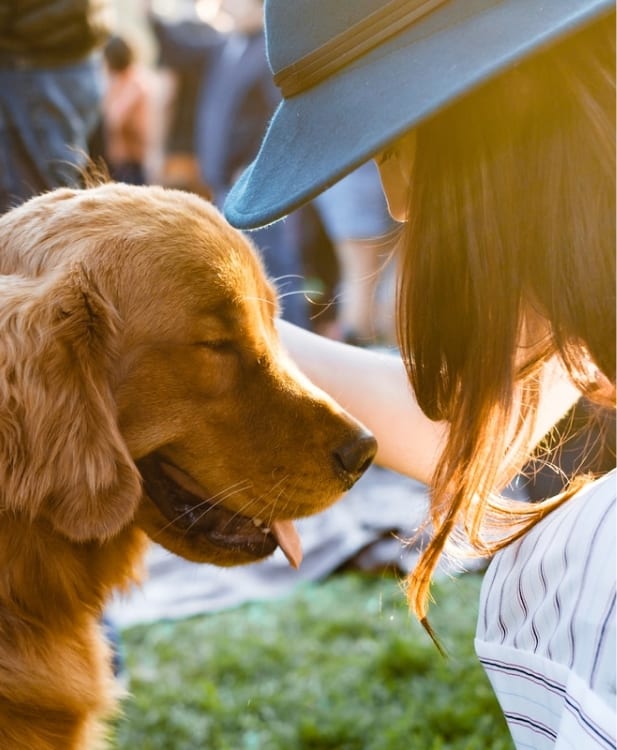
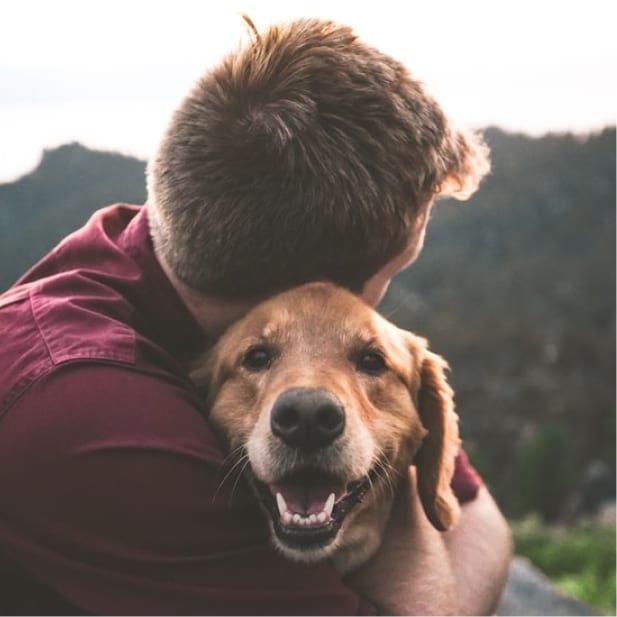
How will the vet diagnose parvovirus?
The vet will
- Collect a history from you
- Undertake a physical examination on your pet.
- Assess the clinical signs
- Check your pet's vaccination status
- Collect a poo sample for analysis using a SNAP test.
- Collect blood to undertake a range of laboratory tests.
- Undertake molecular testing.
- Undertake abdominal imaging.
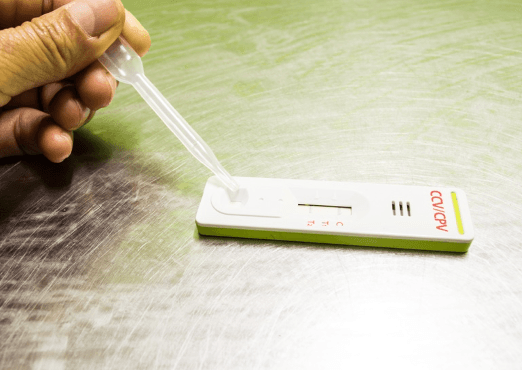



What are the treatment options?
Your pet will need to be isolated as parvo is highly contagious; try to reduce contact with other animals when travelling to your vets. Alternatively, we provide out-of-hours home consultations and can visit and stabilise your pet to transport them to the nearest animal hospital.
Treatment options aim to be supportive and include:
- Intravenous drip therapy to replenish fluid and electrolytes loss.
- Anti-sickness medication.
- Antiviral therapy.
- Gastrointestinal medication to protect against damage, bleeding or inflammation of the oesophagus.
- Replenishing nutritional needs with low fat, high protein, carbohydrate diet.
- · Antibiotic treatment against the damage to the intestinal lining, which can cause a secondary infection.
Depending on your pet's need, the vet team will discuss treatment options with you.
Can parvovirus be prevented?
- Vaccination is the most effective way of protecting your puppy against parvo. Puppies should receive their vaccines at 6-8 weeks old, 12-14 weeks old and 16-18 weeks old with yearly boosters.
- Try to avoid the amount of contact your dog has with other dog's and foxes' poo and vomit. Call the vet team if you are worried vaccination may have lapsed and your dog has come into contact with a known case of parvo.
- Carry your puppy in your arms when visiting the vets prior to receiving the vaccination.
- If you are in contact with dogs or foxes, change your clothes, shoes and wash bare skin before touching your pet.
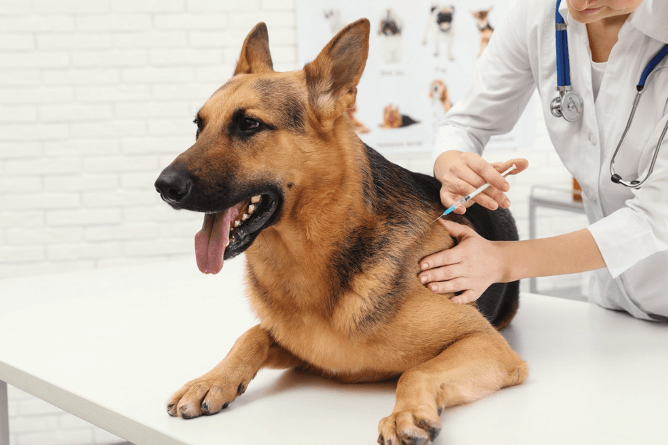
Can my other animals or I contract parvovirus?
Parvovirus is thought to have originated from a disease in cats, where the variant adapted to carnivore species. There is no known evidence to suggest canine parvovirus can transmit to cats. However, it is transmissible between foxes and dogs.
There is no evidence between dogs transmitting parvo to humans, but humans can pass on parvovirus to their dogs if carrying the virus on clothing, shoes or skin, for example.

What is the outcome?
The outcome of the illness is dependable on the infectious dose levels. Morbidity and mortality depend on age as younger animals have a weakened immune system; mortality is lower in adult dogs (10%) than in puppies (91%). Puppies infected at two weeks old are at an increased risk of the virus invading the heart, causing myocarditis (the cardiac form).
Myocarditis is associated with heart failure or sudden death. If your pet survives, there can be long-term health consequences from the damage caused, resulting in death in later life.
Are there any breeds more susceptible to parvovirus?
Parvovirus can infect any dog breed at any age, but research has suggested pure breeds are more susceptible to the disease than crossbreeds. Breeds that are likely to be more susceptible are
- Rottweilers
- Dobermans
- Pinchers
- English spaniels
- German shepherd
- Labrador retrievers
What is the aftercare?
- Provide your pet with water and a bland meal (rice and chicken) little and often.
- Your pet will need to rest; they should not go out until fully recovered.
- Stay away from public spaces and other dogs.
- Have access to a toileting area.
Continue reading

Is Excessive Drooling An Emergency for Dogs?
Excessive drooling in dogs: causes, red flags, and when to call the vet.
Read article
Cat Tail Shaking: Is it an Emergency?
Learn whether your cat's tail shaking is normal, a warning, or urgent.
Read article
Eclampsia in Dogs: Symptoms, Causes and Treatments
Spot eclampsia fast, symptoms, causes, and vet treatments to protect mum and pups.
Read article